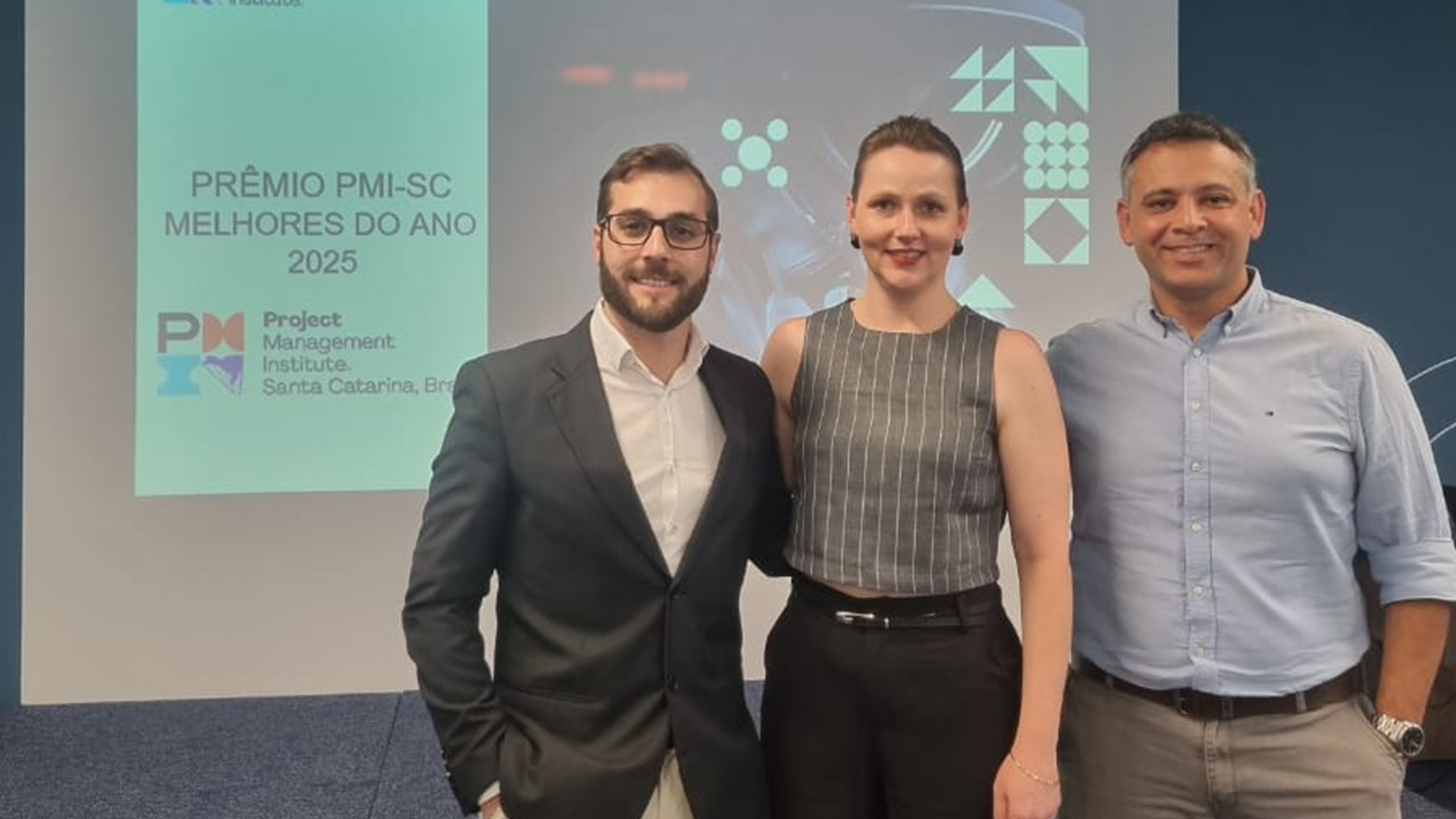
What Does BPM Mean to You? When we ask people who are not deeply involved in the field or who are unfamiliar with the concept, they often say it’s about mapping and modeling processes—overlooking the other stages that ensure an organization’s processes function effectively.
However, although it is a crucial step, process modeling is only one part of the whole. BPM is a set of practices used to analyze, design, implement, manage, and transform processes in order to achieve results aligned with a company’s strategic goals.
These practices aim to improve the efficiency, effectiveness, and quality of a business’s processes by optimizing how daily activities are performed. Its focus spans the entire value chain—from identifying processes that need improvement to implementing and monitoring enhancements.
BPM Stages
BPM involves several stages, beginning with the identification of processes that need to be improved, optimized, or even mapped. Next comes the analysis of existing processes to identify opportunities or bottlenecks.
Only after that do we move on to the modeling stage, which involves developing a visual representation of the processes using tools like Interact Flow. While “drawing” processes may seem simple, it is essential to have qualified professionals who can listen to those involved and accurately translate their input into a model that reflects reality and can be submitted for final approval.
Once the modeling is complete, the next steps are process implementation, automation, and monitoring—to ensure processes are functioning properly, to identify potential deviations, and to measure the results achieved through the improvements made.
And if you think it ends there, it doesn’t. The analysis and improvement steps are ongoing, aiming to evaluate outcomes, identify new opportunities, and make adjustments whenever necessary.
This makes the BPM Cycle continuous, contributing significantly to the organization’s overall performance. After all, a company focused on continuous improvement never stops—it stays current and alert to new opportunities.
Impacts of Using BPM Beyond Process Modeling
Process modeling alone already offers numerous benefits, such as improved communication—thanks to standardized processes, especially those involving multiple departments. It also helps identify bottlenecks and redundancies, since processes are visualized in a complete and detailed manner. Additionally, it optimizes resources, supports employee training and development, and promotes a shared understanding of processes, among other advantages.
However, an organization that fully implements BPM—using all its stages and tools—stands to gain even more.
It has a positive impact on productivity by optimizing processes and eliminating bottlenecks. As a result of reducing rework and waste, it also lowers operational costs.
Process standardization, in turn, improves both the quality and efficiency of service and product delivery, as well as customer service, ultimately providing a better experience for everyone involved with the brand.
Employees also experience positive changes in the organizational climate, as departments become more aligned and integrated in performing daily activities.
With clear processes, it becomes easier to identify risks and proactively address them, raising the business’s level of competitiveness in the market and among competitors.
Interact Flow: BPM Beyond Process Modeling
At Interact, we consistently align our solutions with effective methodologies to simplify organizational routines and enhance management practices.
We have also come to understand BPM as a much broader tool than just modeling. That’s why we expanded the capabilities of Interact Flow—a free tool originally created for process mapping and modeling—to include a wide range of additional features.
Today, Flow offers numerous functionalities, including diagram creation, a Business Process Management Maturity Model assessment, and the ability to map the Customer Journey based on the CCBXD Method by Gart Capote.
Because we believe in the integration of Process Management, Project Management, and Governance, our team has added tools like 5W2H, PDCA, Roadmap, and Kanban in recent updates. All of this is designed to help you take the next step in developing a more systemic vision and analytical thinking about your customers and your business.
Sign up now and discover the world of BPM.



